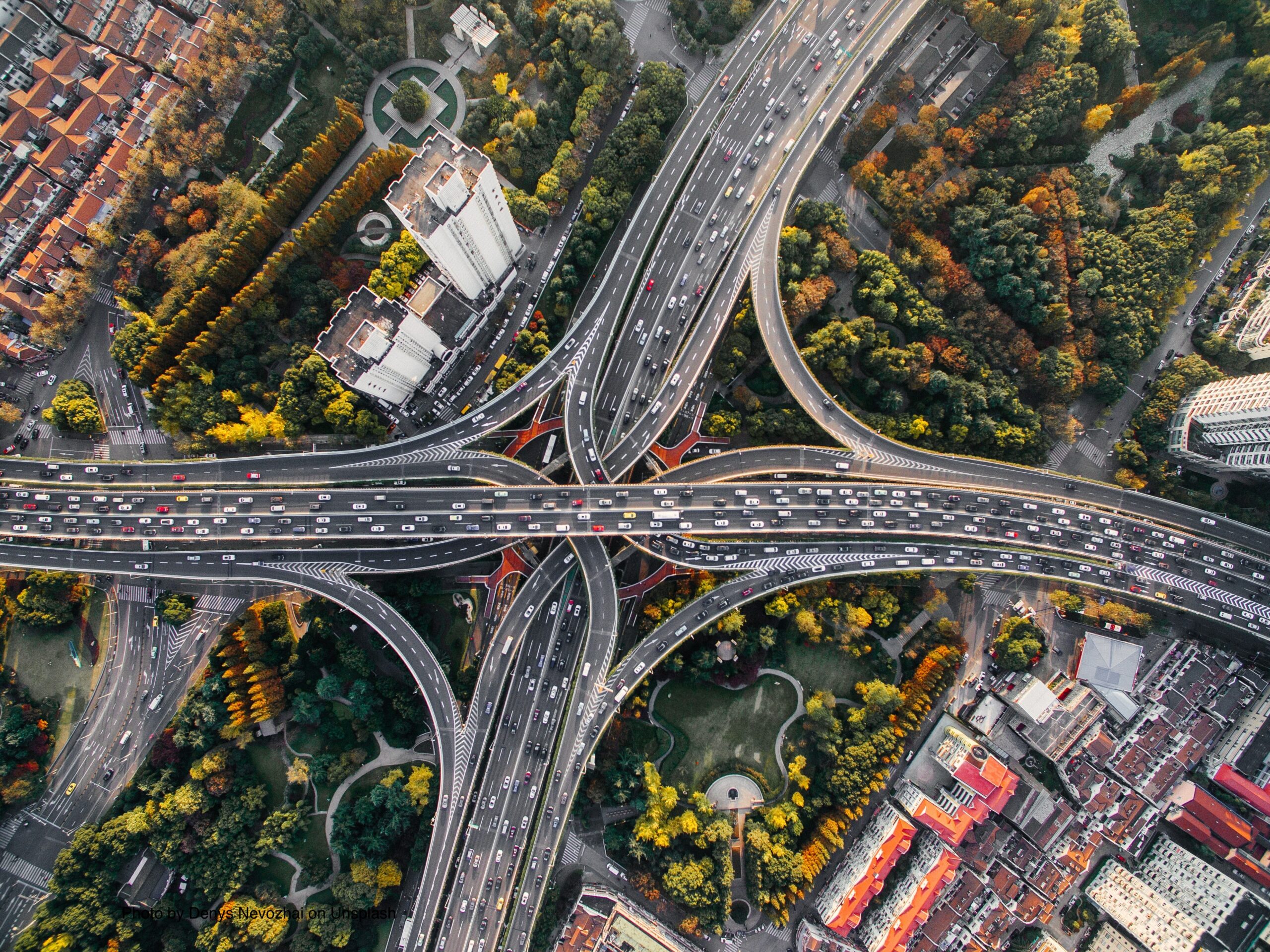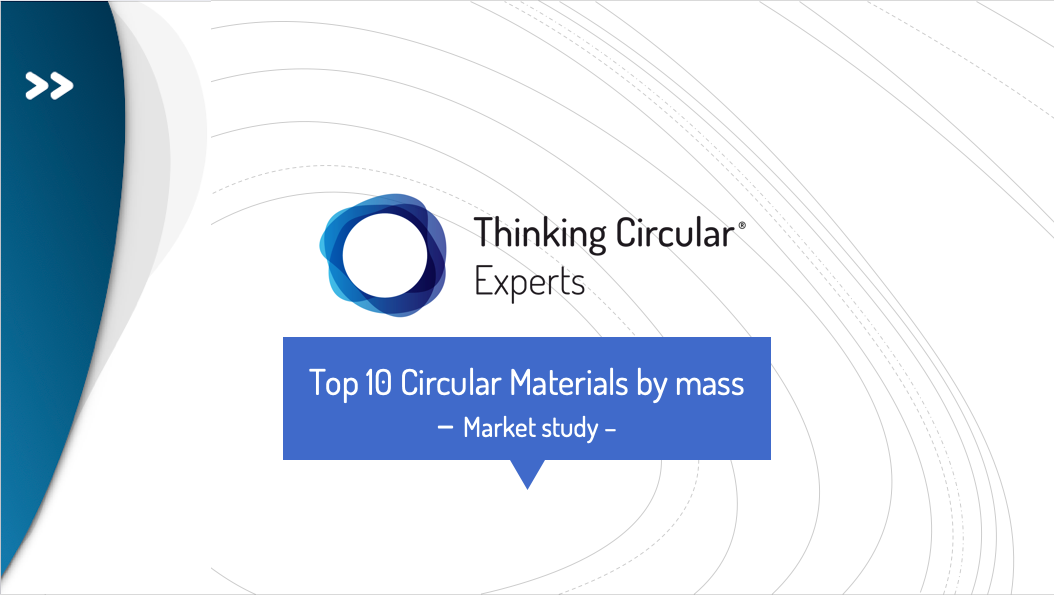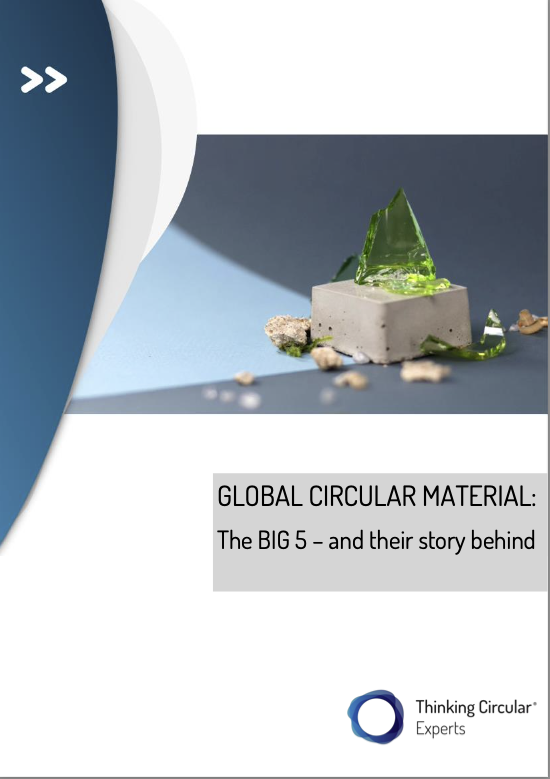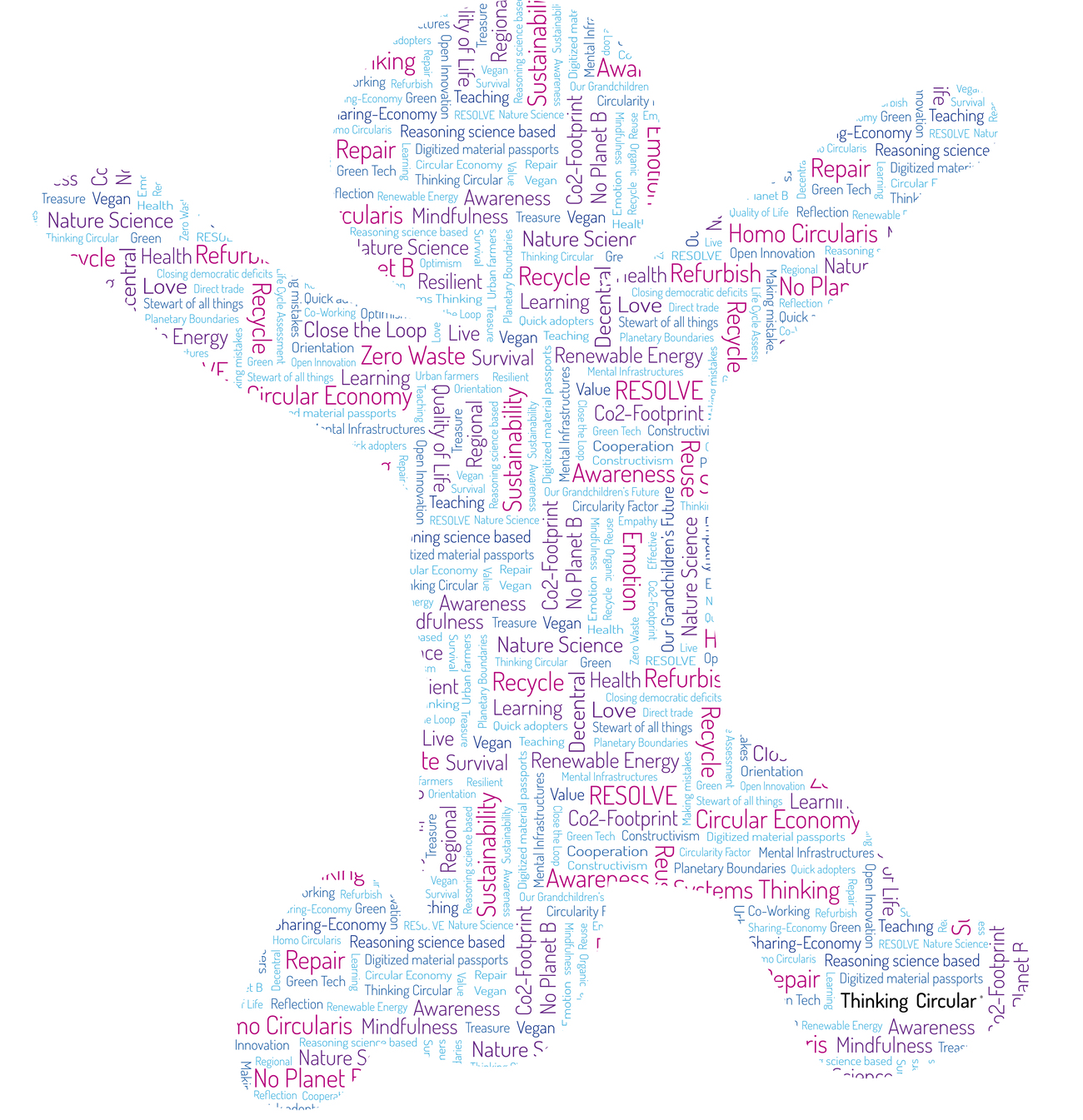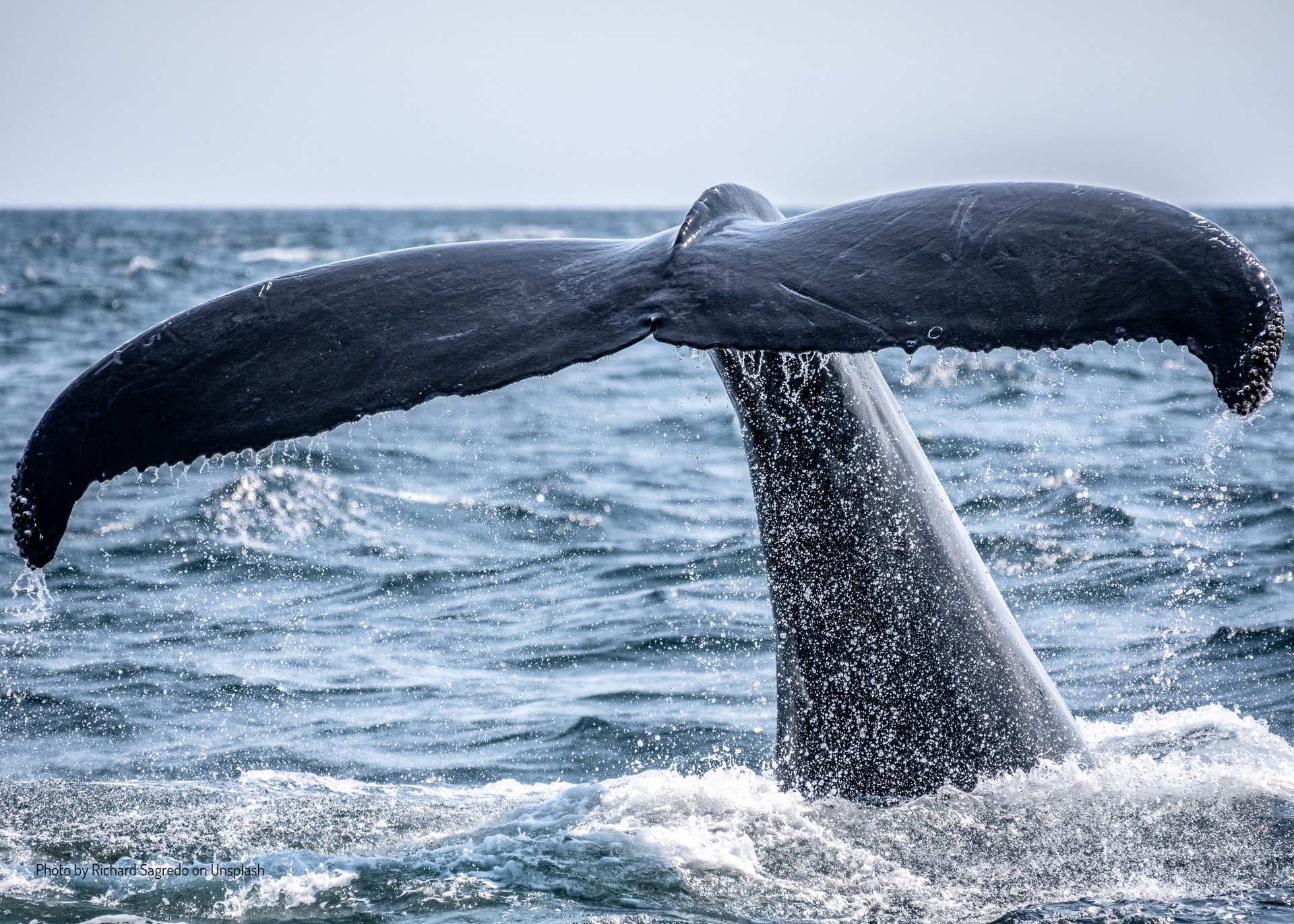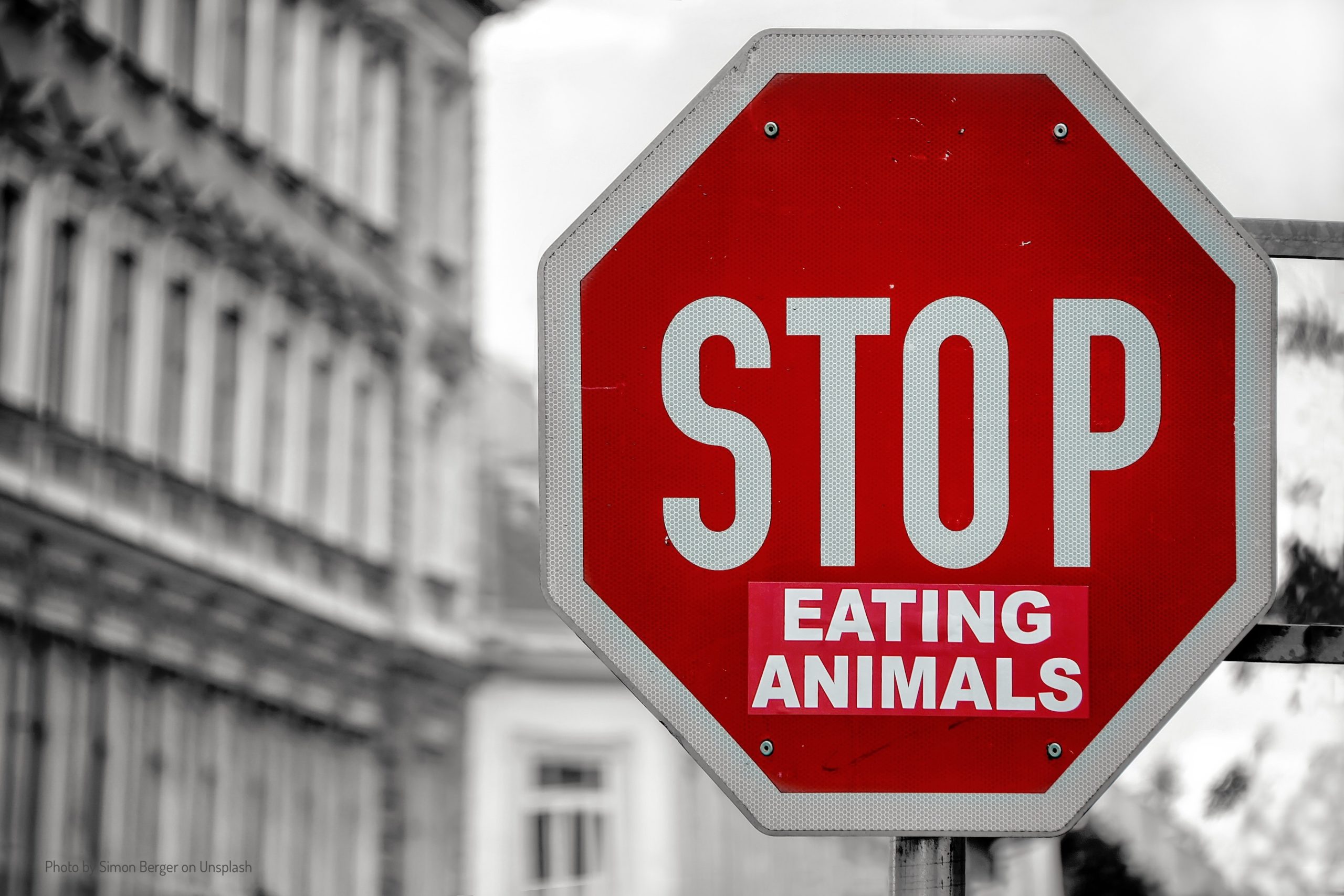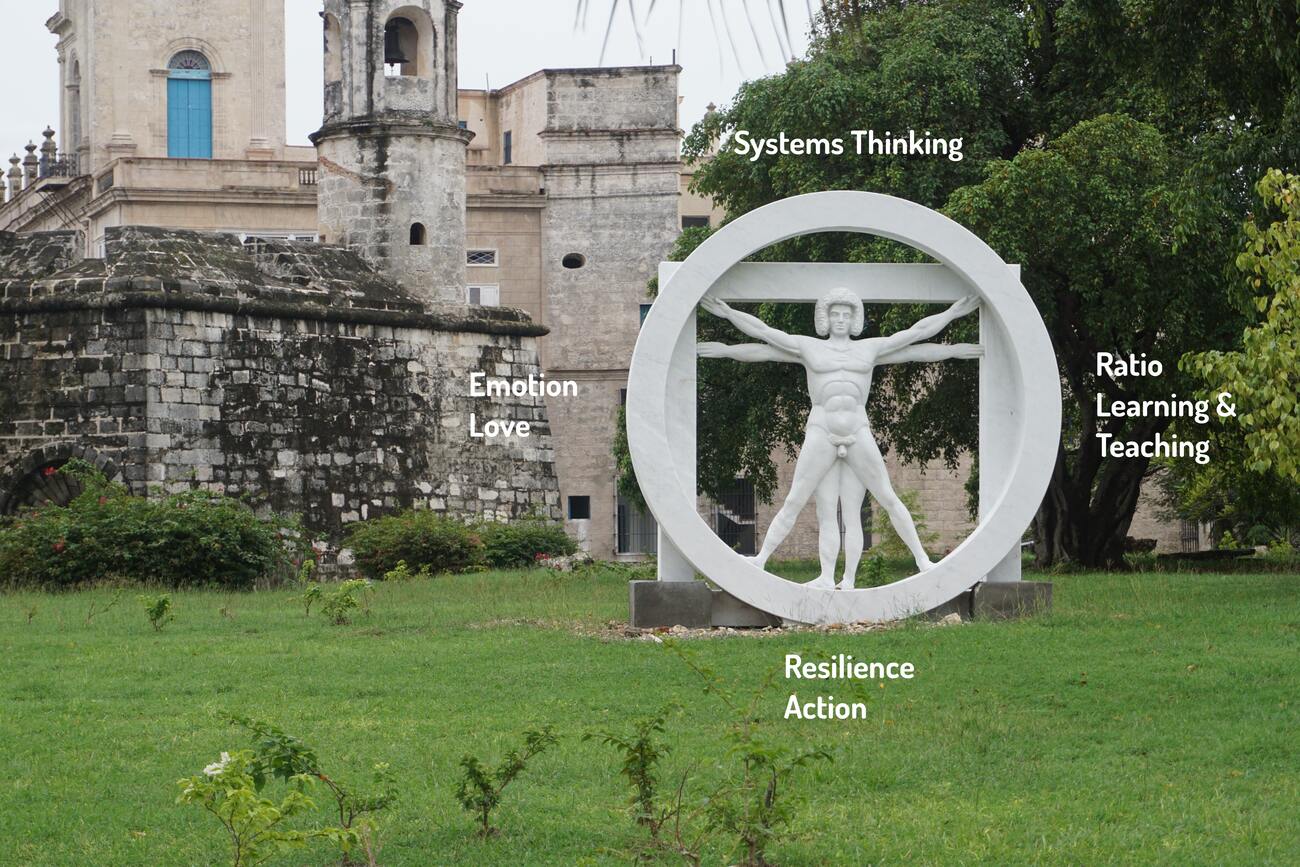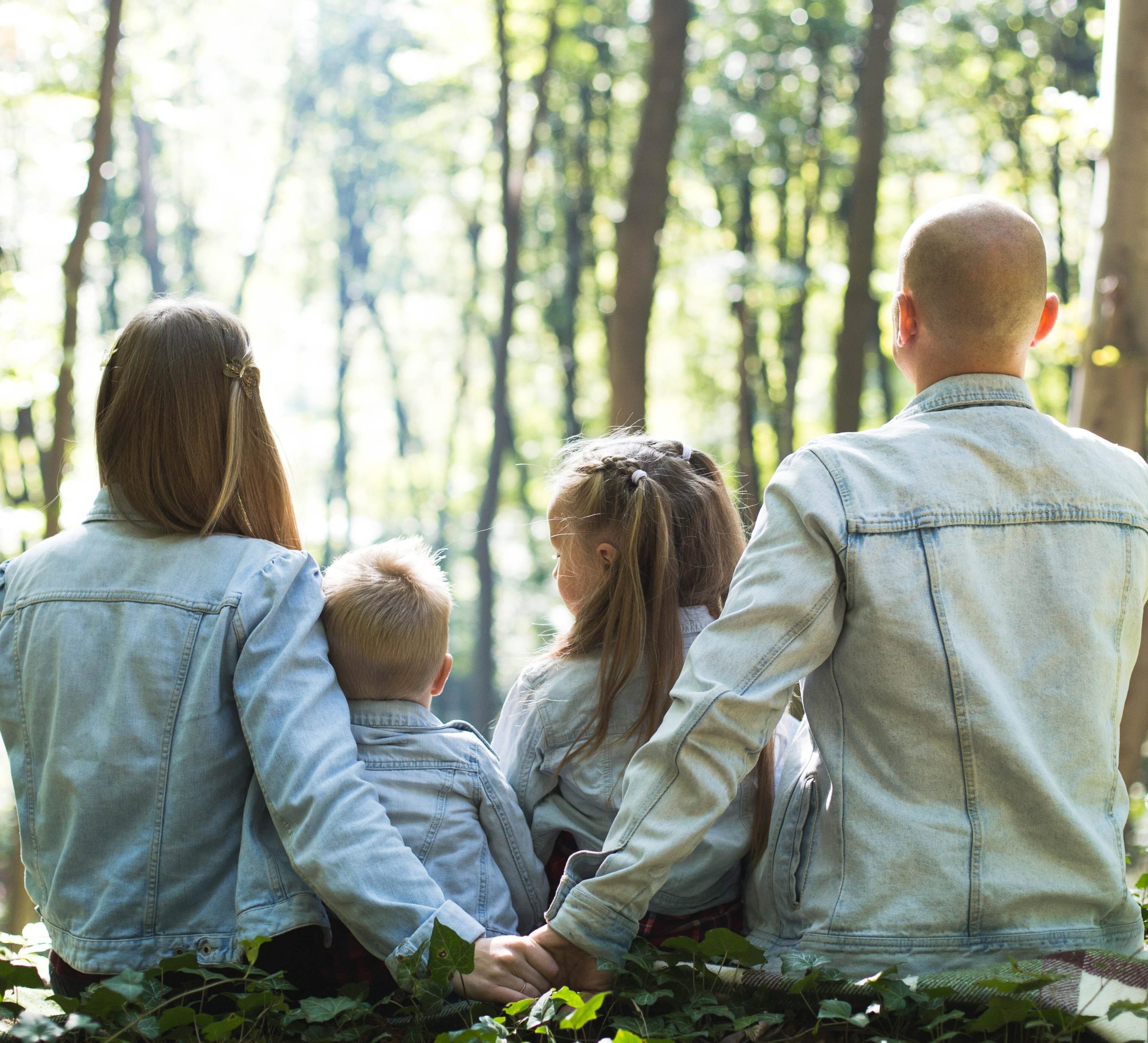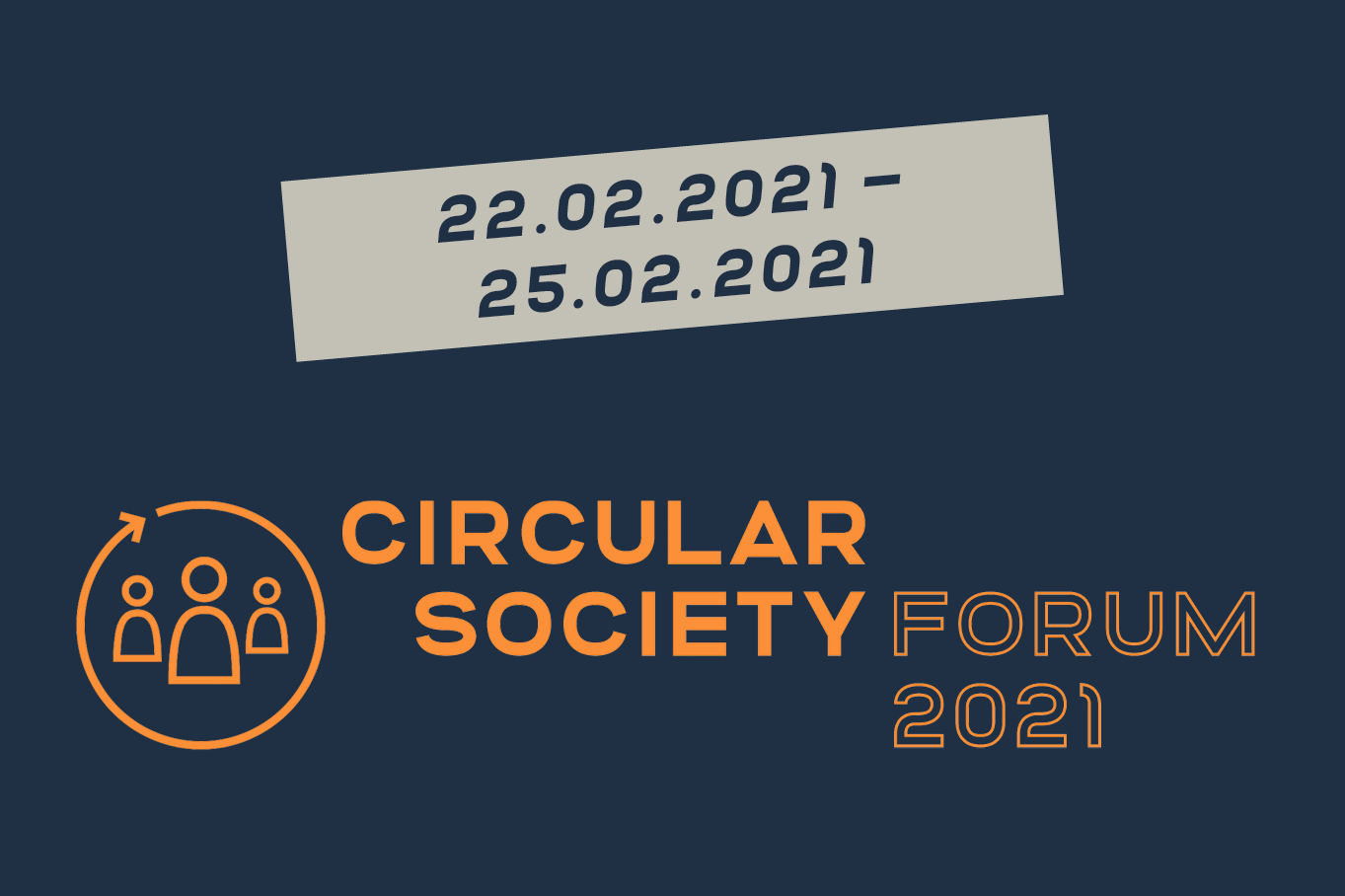Understanding the Economy as a Complex System
Economies as complex systems can’t be described in one sentence. Looking into classrooms, students learn about economies as simple linear structures. They inhale demand and supply, production and consumer interests, money and currencies, prices and speculation. All that can easily be described by numbers and curves in a 2-dimensional or 3-dimensional math. Leaving the classroom, we come to notice: Economy is more. It is not 2- or 3-dimensional. Especially the global economy - which evolved from cultivated assumptions and underlying paradigms - goes beyond that. How to emphasize the...
